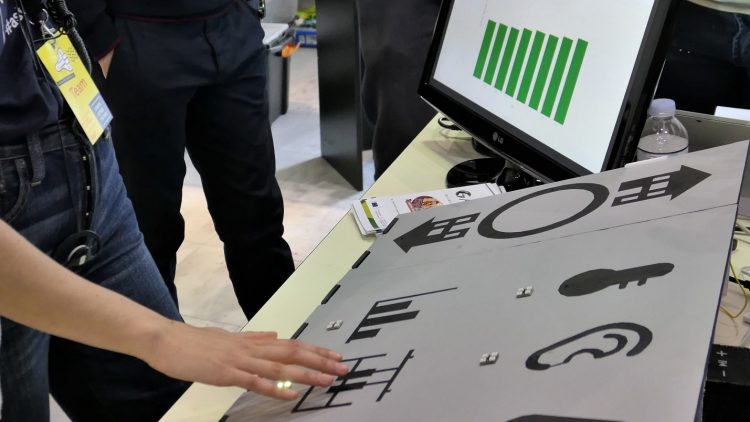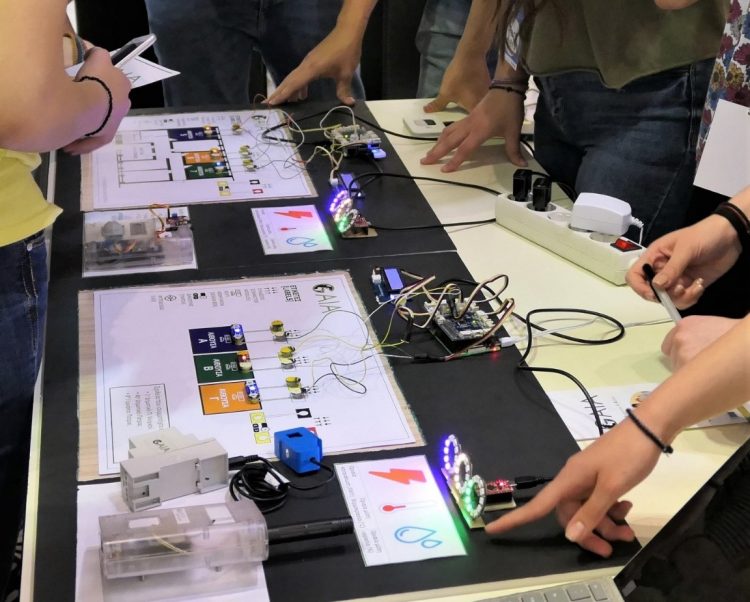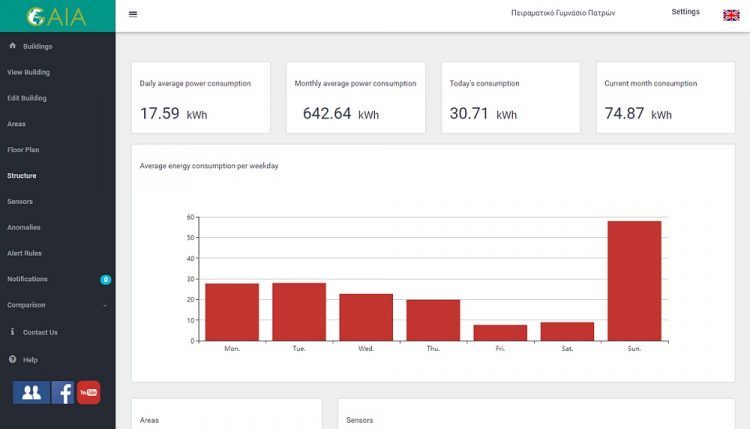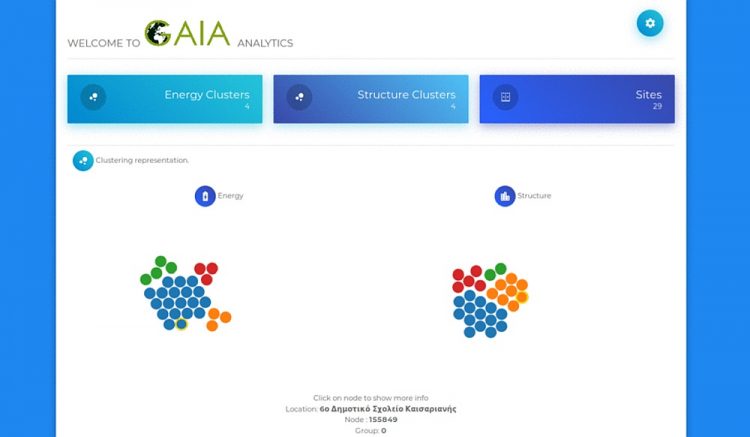Internet of Things & Sensors
GAIA utilizes combined energy metering data gathering and management services and provide advanced data analytics, user and building profiling, recommendation and optimization services constructing an energy efficiency IoT service ecosystem. On top of this ecosystem, a set of applications for different end-user groups and use case scenarios is being developed. GAIA uses indoor IoT infrastructure installed across a large number of educational buildings that allow for continual monitoring of energy consumption, motion/activity and environmental parameters (quality of air, temperature, noise, etc.). Both services and applications will be flexible and customizable enough, in order to operate in a wide range of contexts and levels: climatic, social and educational.
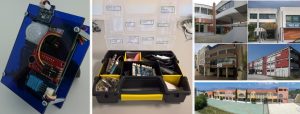
Cloud Technologies – IoT Data Management & Analytics
GAIA utilizes existing cloud technologies for centralized or distributed real-time data analytics, in order to be integrated in the existing platforms of the consortium, for the analysis and profiling of energy consumption data of school buildings. Sensorflare, provided by SparkWorks, is a data storage and brokerage service system for IoT, already deployed and supporting the operation of a number of public school infrastructures in Greece. More information about the cloud-based part of GAIA’s ecosystem can be found here (open access publication).
According to requirements created by the GAIA applications and services, GAIA is currently implementing solutions tailored to energy efficiency in schools buildings.
- A Building Manager Application provides access to all IoT data produced by the GAIA infrastructure.
- A recommendations application is integrated with the portal.
- Data analytics modules are utilized to provide end-users with useful insights.
Gamification – Serious Games
GAIA has developed a system that reads in data from the IoT sensors of the buildings, as well as data from participatory sensing, and uses this information to track how much energy has been saved over time. The game aims to:
- keep the students engaged with GAIA,
- enhance the learning process and combine it with participatory sensing activities,
- help them to change the way their educational building uses energy.
The ovos play Gamified Learning System is a technical framework for implementing serious games, including modules that enable multi-client capabilities, quiz pools, exams. The complementing ovos play Game Designer allows to build interactive, nonlinear and multi-branched learning scenarios. Based on such software components, along with the rest of the GAIA ecosystem, we have developed the GAIA Challenge, available at http://gaia-challenge.com/
Open Source Hardware & Software, Datasets
The GAIA consortium follows an open source philosophy, wherever possible. We are strong supporters of the open source movement, having already open-sourced many of our results. The same goes for hardware used in the implemented solutions; it will either be based on commercial products and any extensions will be open sourced, or it will follow a completely open source approach (e.g., based on the Arduino hardware ecosystem). The official GitHub repository of the project can be found on:
https://github.com/GAIA-project
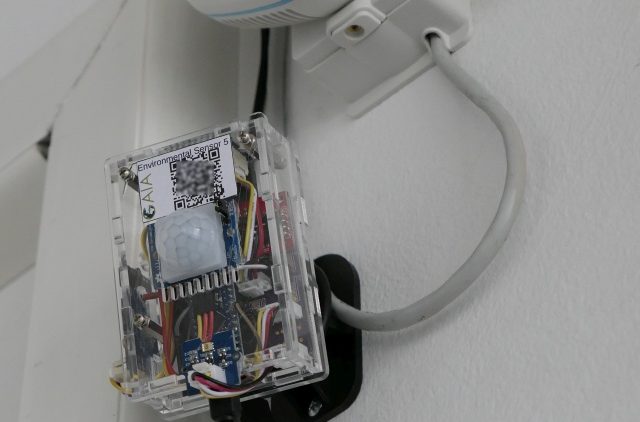
GAIA has also made an open source publication in Elsevier’s HardwareX journal, regarding a subset of the IoT nodes installed inside the classrooms in Greek public schools:
www.sciencedirect.com/science/article/pii/S2468067216300293
The consortium also recognizes the importance of open access to datasets produced by research projects, and not just research publications. Datasets produced during throughout GAIA will be soon made publicly available, after first being processed to ensure privacy and anonymity.
The GAIA Educational Lab Kit
GAIA has developed a set of educational lab activities meant to introduce students to sustainability and the IoT using a hands-on approach, based on open source hardware and software technologies. The result of this activity of the project is available in the form of the GAIA Lab Kit Booklet.
Interactive installations
GAIA has designed and implemented interactive installations that can utilized within a school building, as a means to make the interaction of students with IoT a bit more engaging. Based on popular IoT technologies and conductive paint, the consortium has implemented installations built with cardboard, which can be easily be installed e.g., inside a school corridor, to visualize power and environmental readings.
